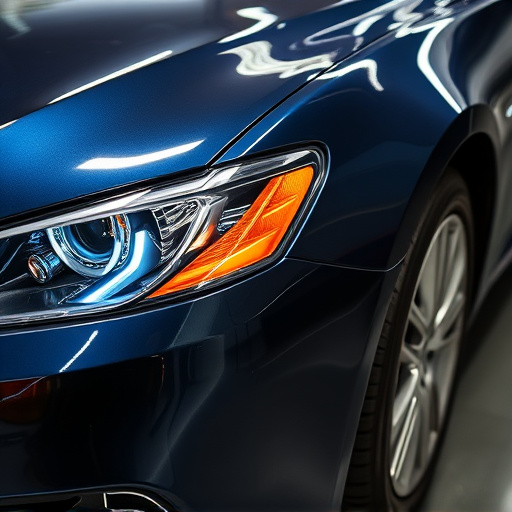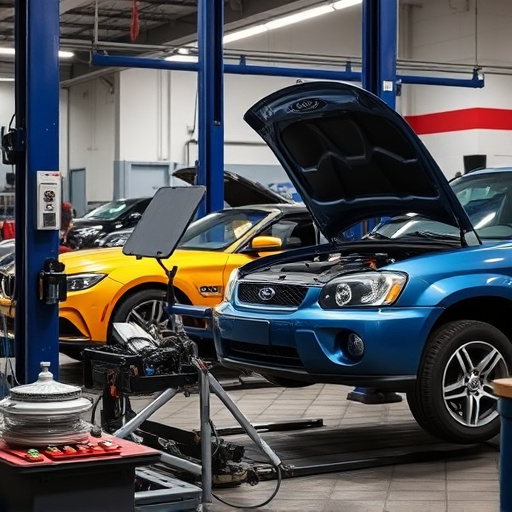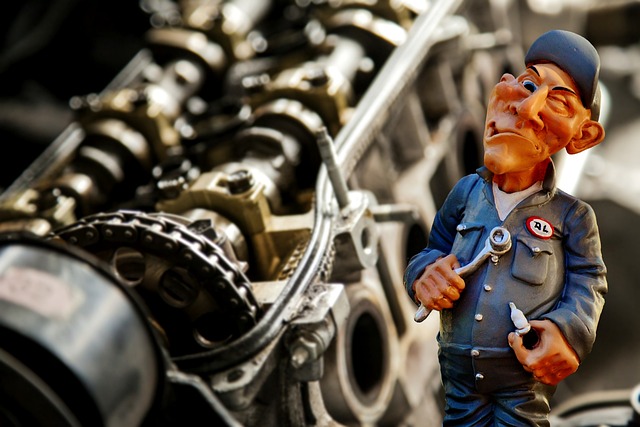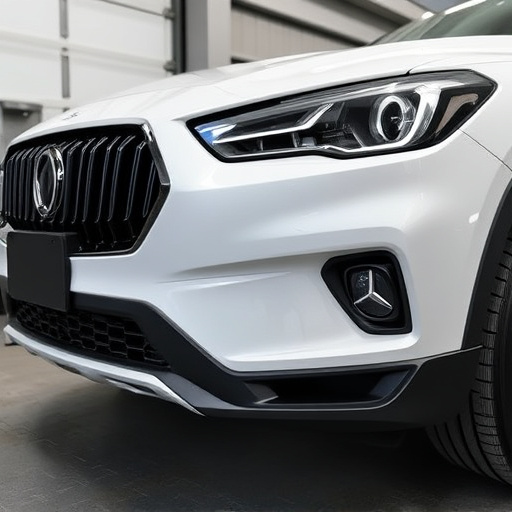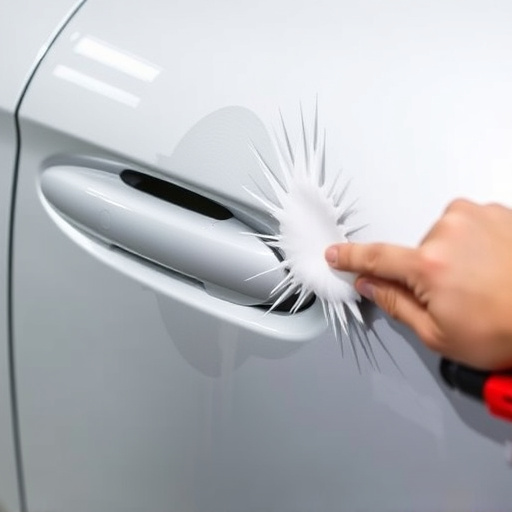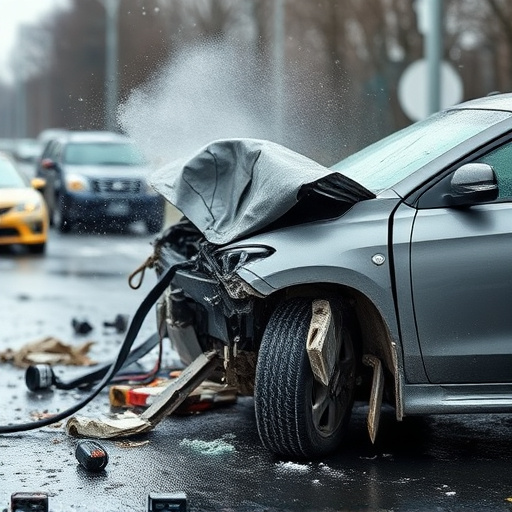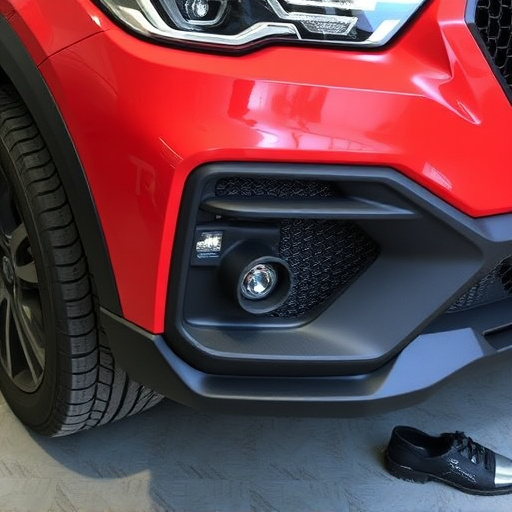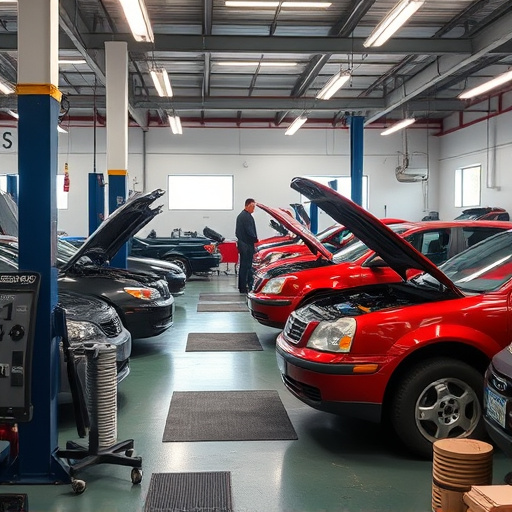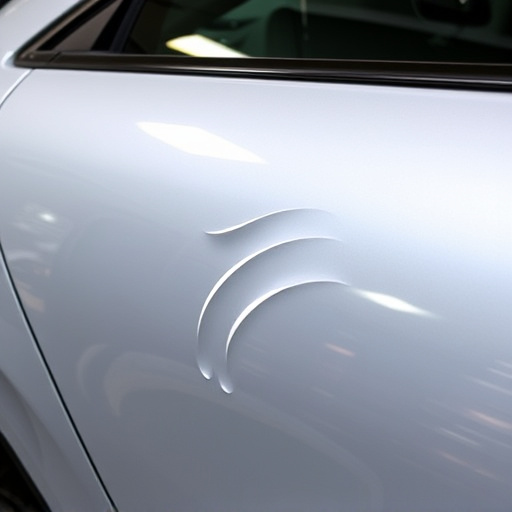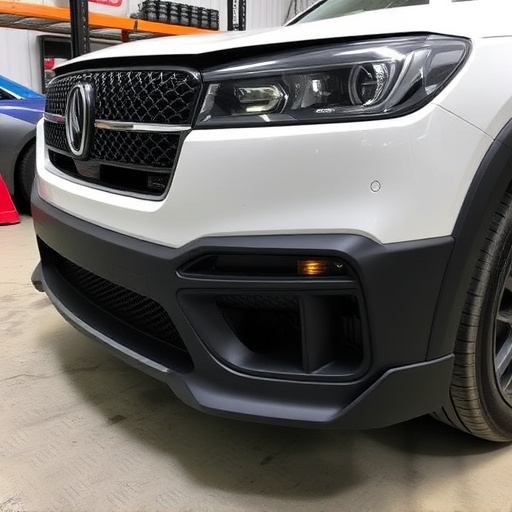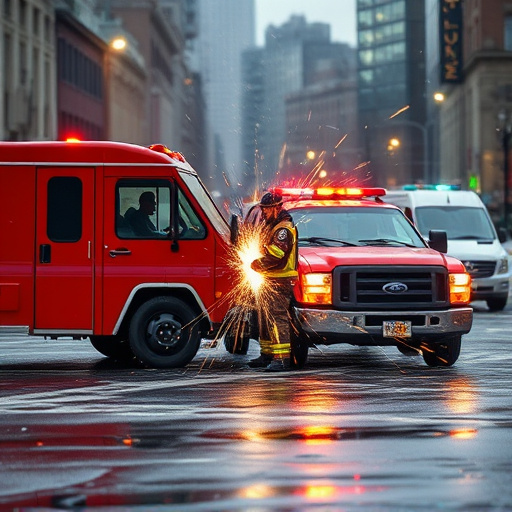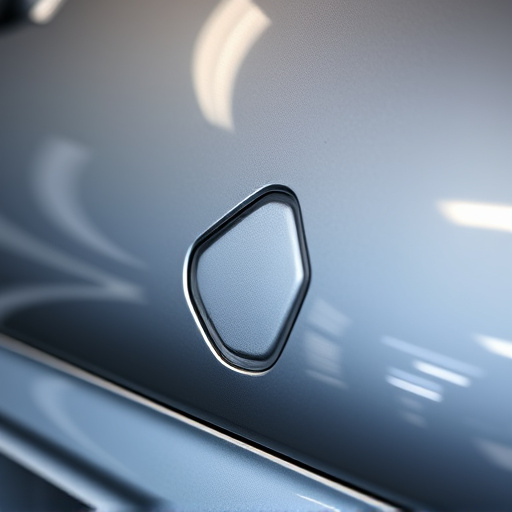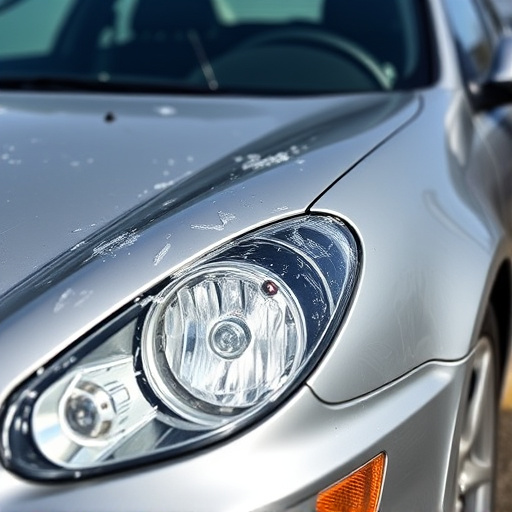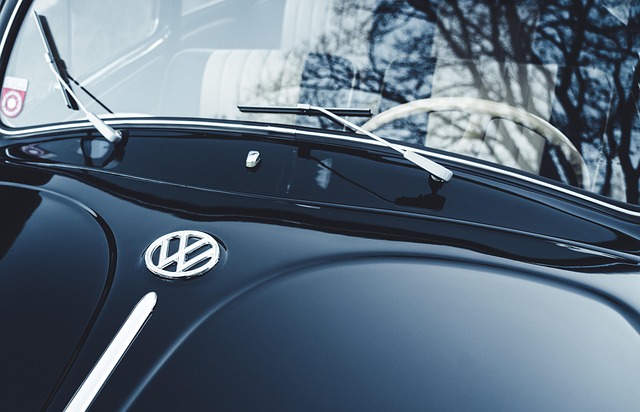Driveshafts, vital for vehicle transmission, need immediate collision repair after accidents to prevent misalignment and functionality issues. Skilled technicians use advanced technology for multi-step restoration, ensuring optimal performance, stability, and safety. Regular inspection is crucial for all vehicle makes, including Mercedes Benz, to avoid costly breakdowns.
Accidents can significantly impact the performance and balance of a vehicle’s driveshaft, leading to reduced drivability and potential safety hazards. This article delves into the intricate world of driveshafts—essential components that transmit power from the engine to the wheels. We explore how collisions disrupt their integrity, causing misalignment and performance issues. Additionally, we provide insights into effective repair and maintenance techniques for restoring balance after a driveshaft collision repair, ensuring optimal vehicle functionality and safety.
- Understanding Driveshaft Components and Their Role
- The Impact of Accidents on Driveshaft Integrity
- Restoring Balance: Repair and Maintenance Techniques
Understanding Driveshaft Components and Their Role
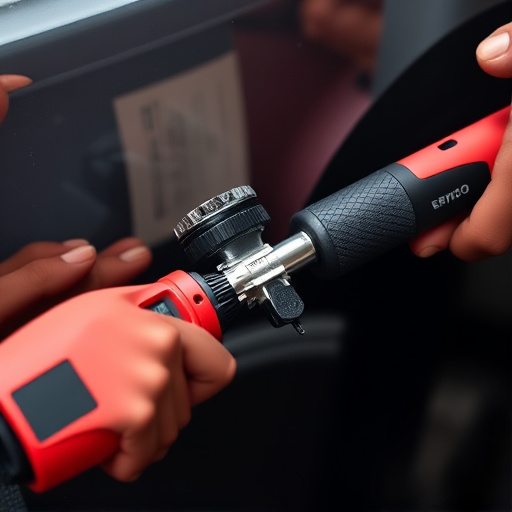
Driveshafts are a critical component in any vehicle’s transmission system, responsible for transferring power from the engine to the wheels. These long tubular components are designed to withstand significant force and torque while ensuring smooth and efficient power delivery. A driveshaft consists of several parts, including the shaft itself, universal joints, u-joints, and CV joints. Each element plays a crucial role in maintaining balance and alignment, enabling seamless rotation and preventing excessive wear.
When a vehicle experiences an accident, especially involving frontal or rear impacts, the driveshaft is not immune to damage. Even minor collisions can lead to misalignment, twisted shafts, or compromised u-joints. Prompt driveshaft collision repair is essential to restore proper functionality and prevent further complications. Regular maintenance and timely repairs in auto repair shops specializing in automotive body work are vital to ensure optimal driveshaft performance, preventing costly breakdowns and enhancing overall vehicle stability.
The Impact of Accidents on Driveshaft Integrity
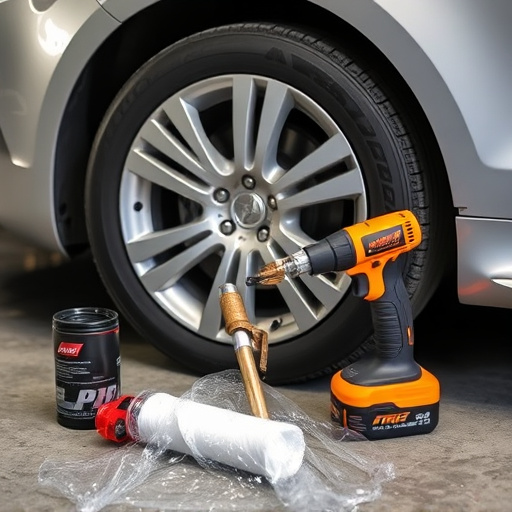
Accidents can significantly compromise the integrity of a driveshaft, a critical component for vehicle power transmission. In a collision, even minor ones, the force and impact can lead to various damage scenarios. Driveshafts, composed of multiple parts including the shaft itself, u-joints, and yokes, are susceptible to bends, cracks, or complete separation. These alterations in structure can affect the driveshaft’s balance and alignment, impacting overall vehicle performance.
Proper driveshaft collision repair is essential for restoring both functionality and safety. Skilled technicians employ specialized techniques for straightening bent shafts, replacing damaged sections, and realigning components to ensure optimal balance. Just as car dent removal addresses cosmetic issues, automotive collision repair focuses on structural integrity, crucial for a smooth ride and the prevention of further damage. Effective driveshaft restoration ensures that the vehicle maintains its intended performance levels and drives with precision, like a well-restored work of art after an automotive restoration.
Restoring Balance: Repair and Maintenance Techniques
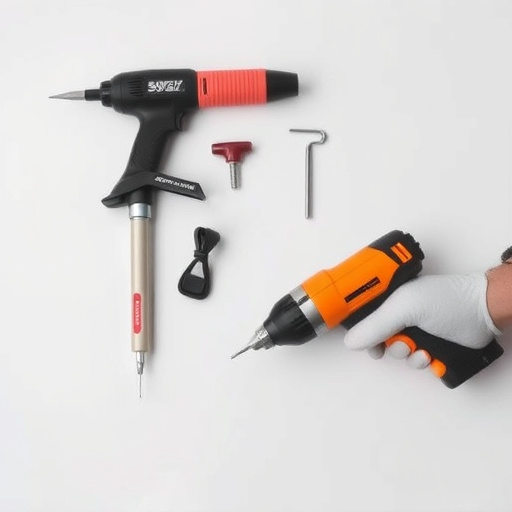
Restoring balance after a driveshaft collision requires meticulous repair and maintenance techniques. The first step involves assessing the extent of damage, which can range from structural deformation to internal component failure. Skilled technicians employ specialized tools and diagnostic equipment to pinpoint issues accurately. Once identified, damaged parts are either replaced or expertly repaired, ensuring they meet original specifications.
Effective restoration goes beyond part replacements. It includes meticulous reassembly, precise alignment, and careful balancing to eliminate vibrations and ensure smooth operation. Modern repair shops leverage advanced technology, such as laser alignment systems and computer-aided measurements, for accurate adjustments. Proper maintenance practices, including regular inspection and timely servicing, are crucial to prevent future driveshaft collisions and maintain optimal vehicle performance, whether it’s a Mercedes Benz repair or any other vehicle bodywork.
Accidents can significantly impair driveshaft performance and balance, highlighting the importance of understanding their impact. By comprehending the intricate components of a driveshaft and how accidents affect their integrity, individuals can effectively employ repair and maintenance techniques to restore balance. These strategies, focusing on driveshaft collision repair, are essential for ensuring optimal vehicle functionality and safety.
